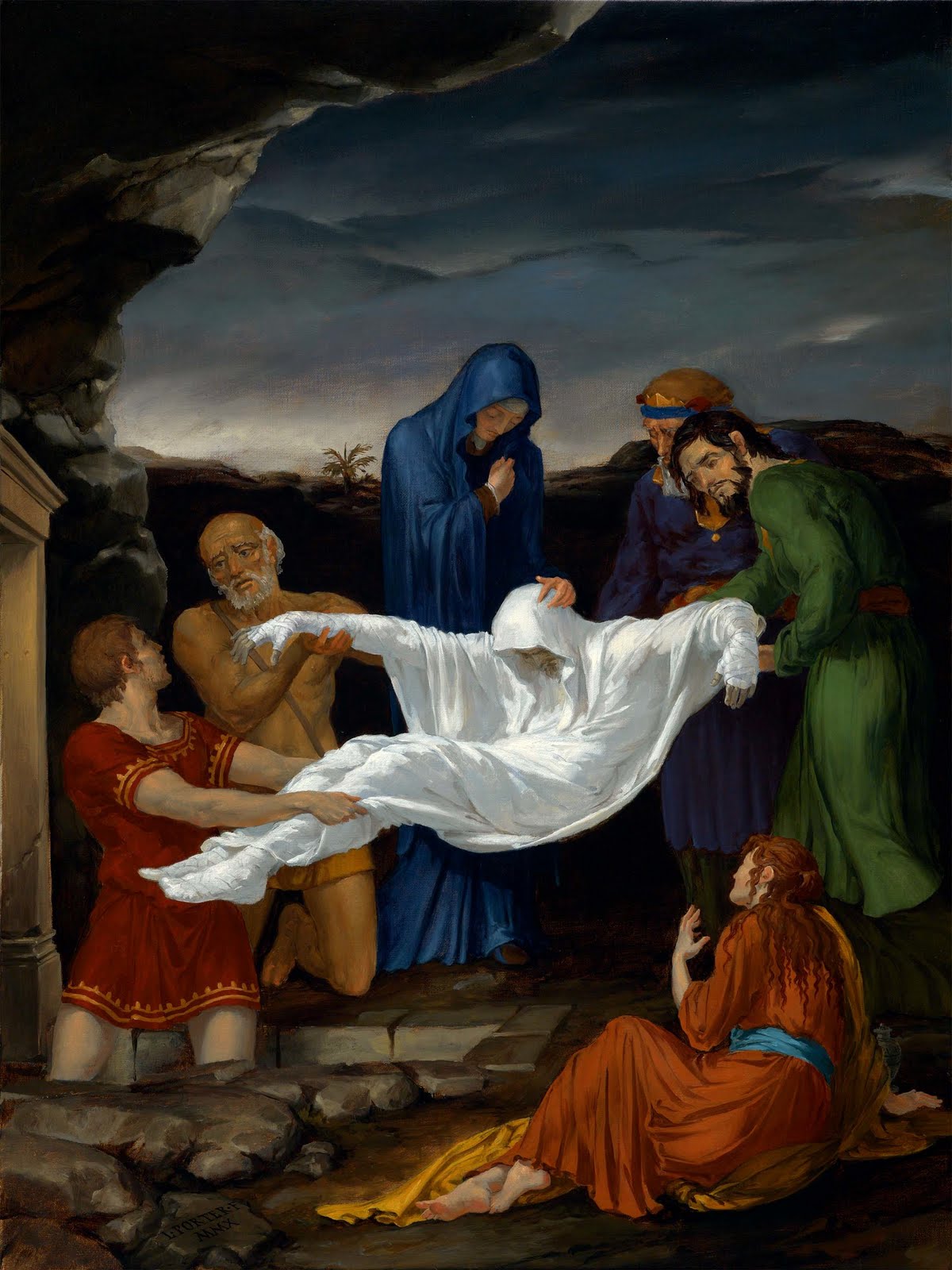The Stations of the Cross or the Way of the Cross, also known as the Way of Sorrows or the Via Crucis, refers to a series of images depicting Jesus Christ on the day of his crucifixion and accompanying prayers. The stations grew out of imitations of Via Dolorosa in Jerusalem which is believed to be the actual path Jesus walked to Mount Calvary. The object of the stations is to help the Christians faithful to make a spiritual pilgrimage through contemplation of the Passion of Christ. It has become one of the most popular devotions and the stations can be found in many Western Christian churches, including Anglican, Lutheran, Methodist, and Roman Catholic ones (Lent. Church of England. 236).

Commonly, a series of 14 images will be arranged in numbered order along a path and the faithful travel from image to image, in order, stopping at each station to say the selected prayers and reflections. This will be done individually or in a procession most commonly during Lent, especially on Good Friday, in a spirit of reparation for the sufferings and insults that Jesus endured during his passion (Stations of the Cross. St. Michael’s Episcopal Church. 2012).

The style, form, and placement of the stations vary widely. The typical stations are small plaques with reliefs or paintings placed around a church nave (the central part of a church building, intended to accommodate most of the congregation. In traditional Western churches it is rectangular, separated from the chancel by a step or rail, and from adjacent aisles by pillars). Modern minimalist stations can be simple crosses with a numeral in the center. Occasionally the faithful might say the stations of the cross without there being any image, such as when the pope leads the stations of the cross around the Colosseum in Rome on Good Friday (Frommer’s Events – Event Guide: Good Friday Procession in Rome (Palatine Hill, Italy).

Out of the fourteen traditional Stations of the Cross, only eight have clear scriptural foundation. Stations 3, 4, 6, 7, and 9 are not specifically attested to in the gospels (in particular, no evidence exists of station 6 ever being known before medieval times) and Station 13 (representing Jesus’s body being taken down off the cross and laid in the arms of his mother Mary) seems to embellish the gospels’ record, which states that Joseph of Arimathea took Jesus down from the cross and buried him. To provide a version of this devotion more closely aligned with the biblical accounts, Pope John Paul II introduced a new form of devotion, called the Scriptural Way of the Cross on Good Friday 1991. He celebrated that form many times but not exclusively at the Colosseum in Rome, using the following sequence (as published by the United States Catholic Conference of Bishops) (“Scriptural Stations of the Cross”. www.usccb.org. Retrieved 2019-03-11)













